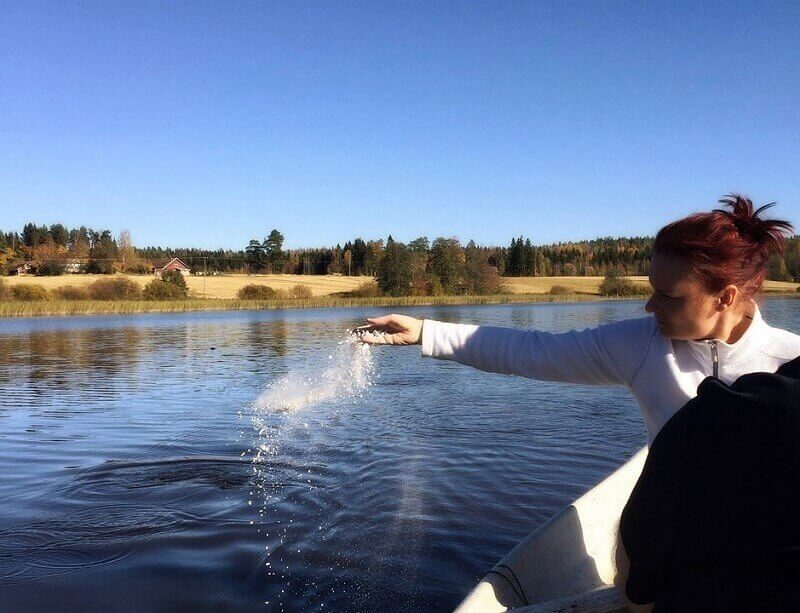Aquamation vs. Cremation: Things To Note

It is essential to remember that aqua cremation, sometimes called water cremation, has been practiced for a considerable time. Despite this, it has not achieved a great deal of popularity, but, as of late, it has been progressively making its way into the spotlight. As its name suggests, water cremation involves the use of water in combination with alkaline chemicals to break down the tissues of the body. This method is founded on the natural decomposition that takes place in a body after it has been buried in the earth. The body’s decomposition will take less than a day, unlike the hundreds or thousands of years it would have otherwise. Get in touch with the experts at direct cremation in Westerville, OH for any more inquiries.
On the other hand, the cremation involves putting the deceased person’s body in a container specifically created for that purpose, after which the body is subjected to very high temperatures. People who are unable to handle the prospect of their departed loved one’s corpse being incinerated at high temperatures have the option of settling for aquamation, which appears to be a more humane technique.
Some important things to note between cremation and aquamation include:
Cremation Is More Cost-Effective Than Aquamation
The process of aquamation typically costs more than other methods since it requires a greater number of specialized pieces of equipment. Both of these ways of body disposal are business. To provide customers with the highest possible level of service, they need to pay for high-quality equipment. The most expensive choice will always be a burial, particularly if the deceased person’s body needs to be embalmed to have an open-casket viewing.
Aquamation Is More Environmentally Friendly
The extreme temperatures in crematoriums, which may reach between 2100 and 1400 degrees Fahrenheit, disintegrate and break down the body’s tissues. Some hazardous pollutants are also released into the atmosphere due to this procedure. Aquamation, on the other hand, is far more energy-efficient than conventional cremation and produces no harmful byproducts like ash or toxic fumes.
Aquamation Is a Longer Process Than Cremation
Depending on the quantity of heat necessary, aquamation can take anywhere from six to eight hours to as long as 18 to 20 hours. However, the time required for cremation is only five or six hours.
Although Cremation Is Available in Every State, Aquamation Is not
The majority of states do permit cremation to take place. However, because of the numerous complexities involved in the aquamation process, most nations cannot afford to have them.

In Contrast to Aquamation, Which Does Not Require a Casket, Cremation Does
Aquamation requires the removal of all outerwear before entering the water tank. Families can purchase funeral shrouds made of wool or silk from some cemeteries if desired. Cremation begins with the decedent’s placement in a fireproof cardboard box. This container is a mandatory buy for the household.
Some have not yet considered aquamation because they feel their only choices are cremation or burial. Whether or not a certain alternative lives up to your expectations relies on the wishes of the deceased and their loved ones. Contact direct cremation in Westerville, OH if you want guidance in determining your options and selecting the one that best fits your needs and preferences.
